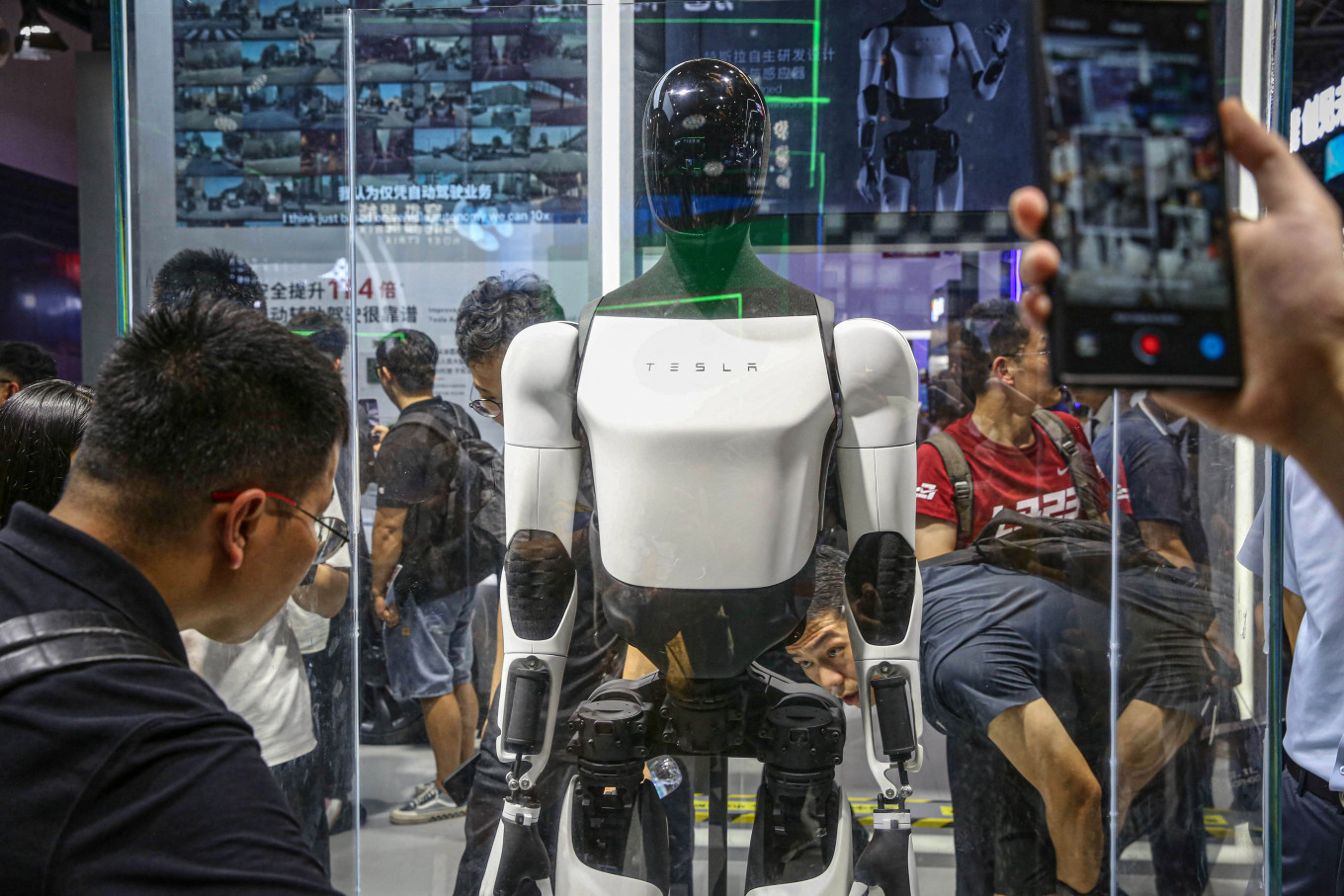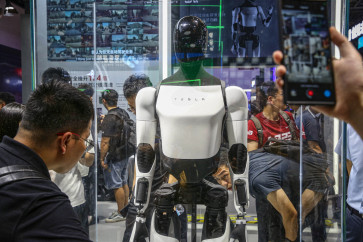Popular Reads
Top Results
Can't find what you're looking for?
View all search resultsPopular Reads
Top Results
Can't find what you're looking for?
View all search resultsChina’s interface with artificial intelligence
Since 2023, China has been advocating for the Global AI Governance Initiative, which espouses a cooperative and consensus based approach toward AI development that is people-centered.
Change text size
Gift Premium Articles
to Anyone
W
ith intense competition among the Superpowers on the development of and interface with artificial intelligence (AI), does China favor commitments which can converge with other countries? Common ground is certainly possible depending on the elements at hand, while uncommon chasms may also protrude portentously.
Since 2023, China has been advocating for the Global AI Governance Initiative, which espouses a cooperative and consensus-based approach toward AI development that is people-centered. It underlines national sovereignty against manipulation and disinformation, while promoting mutual respect among nations. It upholds the protection of personal data and related risk assessment and management, backed by research aimed at transparency and predictability of AI.
The term “ethics” enters its narrative to prevent discrimination, underpinned by the ethical review of AI development. The initiative also claims space for the voices of multiple stakeholders and the interests of developing countries. As a corollary, it is agreeable to the role of the United Nations in establishing an international framework to govern AI, interlinking between development, security and governance.
This initiative was bolstered in September 2024 by the publication of its AI Safety Governance Framework which delineates the challenges and necessary responses more specifically. This framework is a policy instrument which can be reinforced in parallel with specific laws or regulations. The framework categorizes various key risks and highlights actions to deal with them, while also targeting the various stakeholders in the AI techno-stream.
It lists various inherent safety risks such as those arising from models and algorithms, data and AI systems. These are compounded by risks in AI applications, in particular cyberspace risks, real world risks, cognitive risks and ethical risks.
An example of risks from algorithms (which are basically techno-models or digital formulae aimed at producing various outcomes) is that they are difficult to understand and must be more explainable and transparent to the public. Risks from data include illegal collection of data and intellectual property (IP) breaches. Risks from AI systems include exploitation, whether direct or indirect.
Cyber risks include cyber-attacks, matched by real world risks, such as criminal activities. Cognitive risks are shaped by mono-focal (rather than plural) information which limits the potential for broad analysis by the user, thus resulting in the “cocoon” effect, while ethical risks include discrimination and the widening gap relating to information know-how.



















